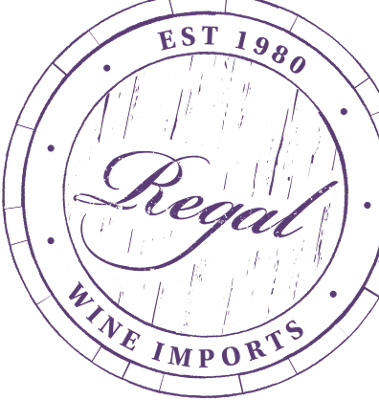Winery Overview
Sutil was founded by celebrated Chilean agricultural impresario Juan Sutil. Viña Sutil is the result of the family’s drive and love of agriculture and the rural life since they arrived in Chile from Spain in 1850. In 1995, guided by Juan Sutil’s enterprising spirit, and driven by the desire to contribute to the development of Chile’s wine industry, Viña Sutil was established in the Colchagua Valley. This dream expanded in its early decades to the country’s top denominations of origin, from Limarí in the north to the coastal Leyda Valley, from the renowned Maipo Valley in central Chile to the southern valleys of Maule, Curicó, and Cauquenes, with an unwavering commitment to creating wines that are genuine ambassadors of Chilean wine. Juan was born in Santiago, the fifth of seven siblings. His father was a farmer who encouraged him from a young age to enter the business world, where his outgoing personality and talent as an entrepreneur earned him great success. He started working in business at a young age, and at 22, Juan became the youngest director in the history of the National Agricultural Society (SNA), a trade association that represents business owners in the Chilean agricultural sector who actively participate in Chile’s trade agreements with Mercosur and the World Trade Organization. After working on food agriculture businesses for several years, Juan founded Viña Sutil in 1995 with the goal of demonstrating Chile’s potential as a producer of fine, high quality wines. Juan has given talks and presentations at conferences to promote the development of Chilean agriculture, most notably his idea of developing a “water highway” to bring water to zones where it is scarce. In 2008, as part of the celebration of its 150th anniversary, the Chilean Chamber of Commerce named Juan “Businessman of the Year” in recognition of his contributions to Chile’s agro-industry. Chono The outstanding Chilean winemaker Álvaro Espinoza founded CHONO in 2004 with the idea of offering wines that would take consumers on an emotional journey through the most interesting denominations of origin that Chile has to offer. Chono has been a part of Chile’s flourishing modern wine industry from the beginning. And given the quality of its wines, its identity associated with Chile’s indigenous peoples, in 2009, the renowned agricultural entrepreneur and founder of Viña Sutil Juan Sutil decided to take control of the project to show the potential of Chile as a high-quality origin both domestically and internationally. The Chono people are essentially nomadic from south of Chile, and that characteristic is reflected in the wines, which are not restricted by origin, but rather by the quality expressed in the vineyards from vintage to vintage. Each vineyard has been carefully selected and planted to specific varieties so that each terroir expresses its character and fruit potential. HONO is the name of the indigenous group that originally inhabited the Chono Archipelago in Chilean Patagonia. They moved constantly from island to island, with no fixed residence, and spent a large part of their lives in their dalcas, the canoe-like boats they used to move from one spot to the next. Charles Darwin described the Chonos as intrepid pioneers and great paddlers characteristics that also describe the Chono team of viticulturists and winemakers who constantly travel around Chile in search of the best places to create exceptional wines. Chono wines are inspired by the nomadic life of the Chono people, the fruit of the adventurous spirit of the people, and the result of a careful selection of the best grapes from exceptional vineyards discovered throughout Chile. They are expressive and pleasingly fruity wines with smooth, elegant tannins. Rayun Rayun is a word that the native Chilean people, the Mapuche, use to talk about the flowering of a plant, or to wish good portents. The word itself means “Bloom.” Rayun is the birth of a new wine, birthed from Chilean land, and that wishes well to everyone who drinks it. Rayun’s wines come from five valleys: Colchagua Coast Valley, Maipo Valley, Limarí Valley, Casablanca Valley, and Colchagua Valley. The Rayun line is the winery’s most affordable. The aim is for approachable, everyday styles.
